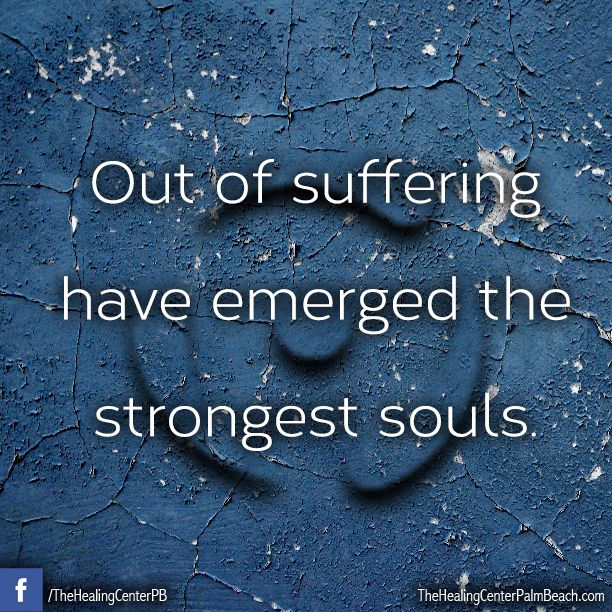
“You have PTSD” my therapist said. I had no idea what it was, what it’s effects were or the effects it would have on my life and she didn’t explain it to me. In those days of the early 90’s, I didn’t have a computer or the internet to be able to find out what it was and I certainly in my stressed out state didn’t even think to ask.
This was early in a quest for a therapist who understood what was going on with me, however this therapist didn’t delve into my past or my traumas but diagnosed me based on a current situation where I was being bullied and harassed at work on a daily basis. I would go through approximately 7 or 8 therapists before I actually found one who really understood what PTSD was. By then I had a computer and the internet and had done extensive research and put some of my own things into place for coping, flashbacks and further on panic attacks, which I had to be medicated for.
I think a lot of people go undiagnosed because of the misnomer that PTSD occurs only with first responders and the military, which is not true at all, it occurs in people who have suffered trauma and that can happen anywhere. Although not everyone who experiences trauma will suffer from PTSD, the people who do seem to be slipping through the cracks if they aren’t in one of the above listed professions. I am not downplaying what people in those professions endure nor am I saying that they don’t suffer from PTSD on a larger scale, because they do. What concerns me is the inability of therapists to diagnose PTSD in patients who do not work in those occupations. The inability to recognize that trauma can and does happen to anyone at anytime, anywhere.
The definition of trauma is as follows:
“Trauma is an emotional response to a terrible event like an accident, rape or natural disaster. Immediately after the event, shock and denial are typical. Longer term reactions include unpredictable emotions, flashbacks, strained relationships and even physical symptoms like headaches or nausea. While these feelings are normal, some people have difficulty moving on with their lives. Psychologists can help these individuals find constructive ways of managing their emotions.”
-American Psychological Association-
It’s important to recognize trauma early, because I believe that early intervention can mean the difference between being traumatized and developing PTSD. Talk about the incident, get it off your chest, have your feelings validated, know what symptoms, if any, you are experiencing and begin to deal with them. PTSD is allowed to fester in the minds and bodies of those who keep their feelings and emotions bottled up and who suffer in silence. It’s the old adage of “you’re only as sick as your secrets”. You have to let it all out in a safe environment in order to begin to heal. Safety and trust are paramount because it was the loss of those in some semblance that led to your being traumatized.
What is PTSD?
Post-traumatic stress disorder (PTSD) can develop following a traumatic event that threatens your safety or makes you feel helpless. Most people associate PTSD with rape and battle-scarred soldiers—and military combat is the most common cause in men—but any event (or series of events) that overwhelms you with feelings of hopelessness and helplessness can trigger PTSD, especially if the event feels unpredictable and uncontrollable. PTSD can affect:
- People who personally experience the traumatic event
- Those who witness the event
- Those who pick up the pieces afterwards, such as emergency workers
- Friends or family members of those who experienced the trauma
Traumatic Events That Can Cause PTSD:
- War
- Natural disasters
- Car or plane crashes
- Terrorist attacks
- Sudden death of a loved one
- Rape
- Kidnapping
- Assault
- Sexual or physical abuse
- Childhood neglect
PTSD symptoms: Everyone is different:
PTSD develops differently from person to person. While the symptoms of PTSD most commonly develop in the hours or days following the traumatic event, it can sometimes take weeks, months, or even years before they appear. There are three main types of symptoms:
- Re-experiencing the traumatic event. This may include upsetting memories, flashbacks, and nightmares, as well as feelings of distress or intense physical reactions when reminded of the event (sweating, pounding heart, nausea, for example).
- Avoiding reminders of the trauma. You may try to avoid activities, places or thoughts that remind you of the trauma or be unable to remember important aspects of the event. You may feel detached from others and emotionally numb, or lose interest in activities and life in general, sensing only a limited future for yourself.
- Increased anxiety and emotional arousal. These symptoms include trouble sleeping, irritability or outbursts of anger, difficulty concentrating, feeling jumpy and easily startled, and hypervigilance (on constant “red alert”).
http://www.helpguide.org/articles/ptsd-trauma/post-traumatic-stress-disorder.htm
These symptoms can occur right away or take years to develop so it’s helpful to know what they are and what to watch for in order for the earliest intervention to take place.

Incredible! This blog looks just like my old one! It’s on a completely
different topic but it has pretty much the same layout and design. Outstanding choice of colors!
LikeLike
Thanks Jim, We must have the same taste. I hope you enjoyed reading and thanks for the feedback its greatly appreciated. Thanks for stopping by.
LikeLike
I love the quote at the top of your post. Thank you for such an informative post. You are traveling a long road. May you find d much joy I your journey as well as bless and inspire many along the way.
LikeLike
Thank You CAS, there have been ups and downs on this road and I am finally starting to find my joy. 🙂
LikeLike
Thanks for posting this! I agree that many providers tend to overlook this diagnosis based on occupation. It’s important to find one who goes “beyond the checklist” and has experience with the beast. I would also like to add how common it is for those who have had a loved one commit suicide.
LikeLike
Yes I firmly believe that PTSD is much more prevalent than is estimated, simply because of misdiagnosis and a concentration on career based trauma. Thanks for your feedback nutmeg.
LikeLiked by 1 person